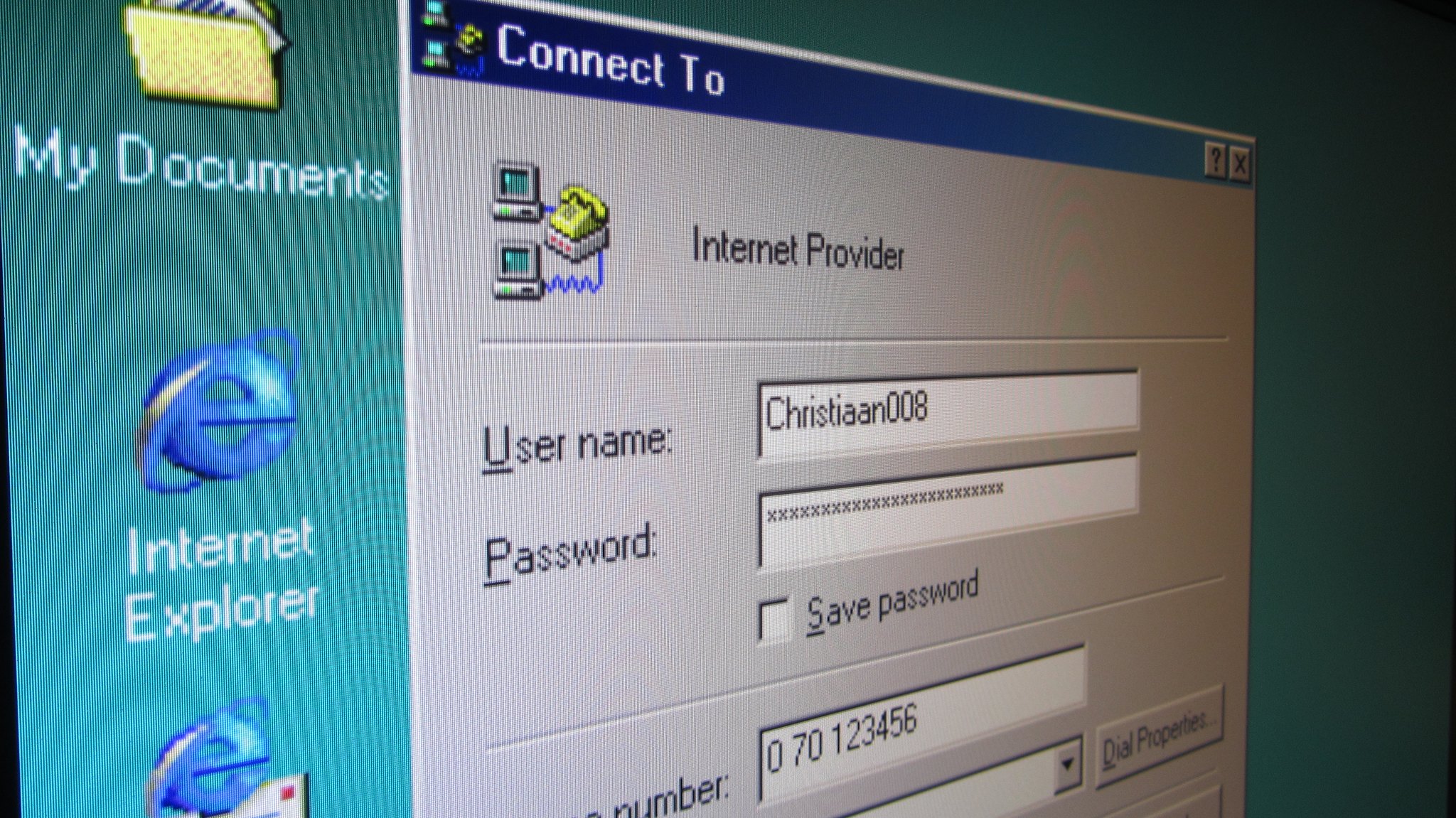Social transposition – A phenomenon that has belonged to us since unsuspected times
The “Social Transposition” is that phenomenon to which we are all prone, when we feel the need to jump ourselves into another social context, eluding the one in which we find ourselves. Today we usually carry out this practice through a “technological device”. This, for example, is what happens when we want to write to someone important for us and we focus on that specific person. In the same way it is what happens in reverse or when we are involved by a “social group” in a conversation not undertaken by us but which nonetheless captures our attention.

If each of us, for a moment think about to all the times we have had this type of need or we found ourselves in such circumstances, we will realize how strong and common this social “phenomenology” is.
But all this also occurred in remote times too, through the classic paper correspondence, which included letters addressed to loved ones with the most varied purposes. In fact, it was customary to ask for information about health, communicate happy or unfortunate news, communicate the date on which they would meet again or sometimes simply say hello. In those few lines both the writer and the recipient often let themselves be carried away by the words, to find themselves in a completely different social context, sometimes a way to feel closer, sometimes a way to fill a long absence.

A classic example of such situation is given by the “soldier in the trenches”, a person called upon to carry out a war action, leaving his loved ones and his own social context often without his express will, whose only way of withdrawing from the situation in which he found himself was linked to the few lines of a letter received from his loved one or from his family. Sad to say but for those times, it was the maximum that “technology” was able to offer and life consequently took on much softer lines. The hope of tomorrow or of a promise made had a high importance, much more than what we can imagine, and all was made with a timing that today would appears paradoxical.
With the technological evolution and the telephony age, things took on a different way. In fact, the telephone almost immediately makes it possible to fill that giant gap linked to gain information in short time. Instead, the “Social Transposition”, in the most romantic sense, was not possible to grow through this innovative way of communication. Although the telephone could be owned by everyone, it still had rather high costs, which is why it was (and has been until modern age) used almost exclusively for the communication of news and essential information. Paper was once again, the holder, in most circumstances, of this social “phenomenology” and, during these years, paper correspondence “between people” was used almost exclusively in this way.

These dynamics has been almost unchanged until the arrival of the Internet: a network of servers spread all over the world which anyone could access through a computer and a connection device. The Internet in its original form was conceived for the exchange of scientific information, the web pages suitable for sharing public information were still very limited, but eMails immediately proved to be a useful tool that could be exploited not only for work but also personal purpose. We can define this as the moment in human history in which the “paper letter” gradually had to give way to “Electronic Correspondence” more commonly known as “Electronic Mail” alias “eMail”. An emblematic film of this change is “You’ve Got Mail”, the story of two people who get to know each other through an eMails’ exchange, with which precise moments of their daily lives are scanned and slowly sees the two protagonists involved in an increasingly profound and sophisticated “Social Transposition”.

For several decades, computers have therefore been the new means of communication that has allowed generations to exercise the phenomenology of “Social Transposition” through emails. In the meantime, however, another trend was making its way, also the result of technological innovation, with the intention of further reducing the waiting times of the interlocutors: the “Chat”. This new and completely different communication system has once again turned upside down people’s communication paradigm. The “Chat” introduced immediacy and involvement in a single tool. Through a network of servers and specific platforms in which the different users registered using the most extravagant pseudonyms, one could get lost for hours “chatting” with completely unknown people or with friends with whom there was a real appointment. The “Chat” has represented a real evolutionary step in our forms of communication, pairing the advantages of the classic telephone call and the phenomenon of “Social Transposition” given by electronic correspondence. This indissoluble bond was the incipit that involved more and more people in the use of this new tool and for the same reason a lot of development has been done around this innovative communication paradigm.

Today, the Chats belongs no longer to just computers, specialized software or specific platforms accessible from the web. Their evolution and use have seen the spread of countless multi-channel services and technologies. Today, the same communication channel is easily accessible and usable through a PC, a smartphone, a tablet, a smartwatch, a browser or more simply an “App” (the evolution of the classic software with client functionality). The “Apps”, short for “Applications”, easily downloadable and available on our technological devices, have allowed us to further clear these “alternative” communication tools to the classic phone call or email, escalating the process of “Chats’ democratization”. It is therefore no wonder that millions of people use chats to be able to communicate on a daily basis, to be able to plan their activities and commitments, to be able to organize their free time, to meet new people and to be able to let themselves be carried away by the engaging sensation that bring them into another social context: the phenomenon of “Social Transposition”.
PS.: make good use of your most important Resource… Your Time!
∼ o ∼



